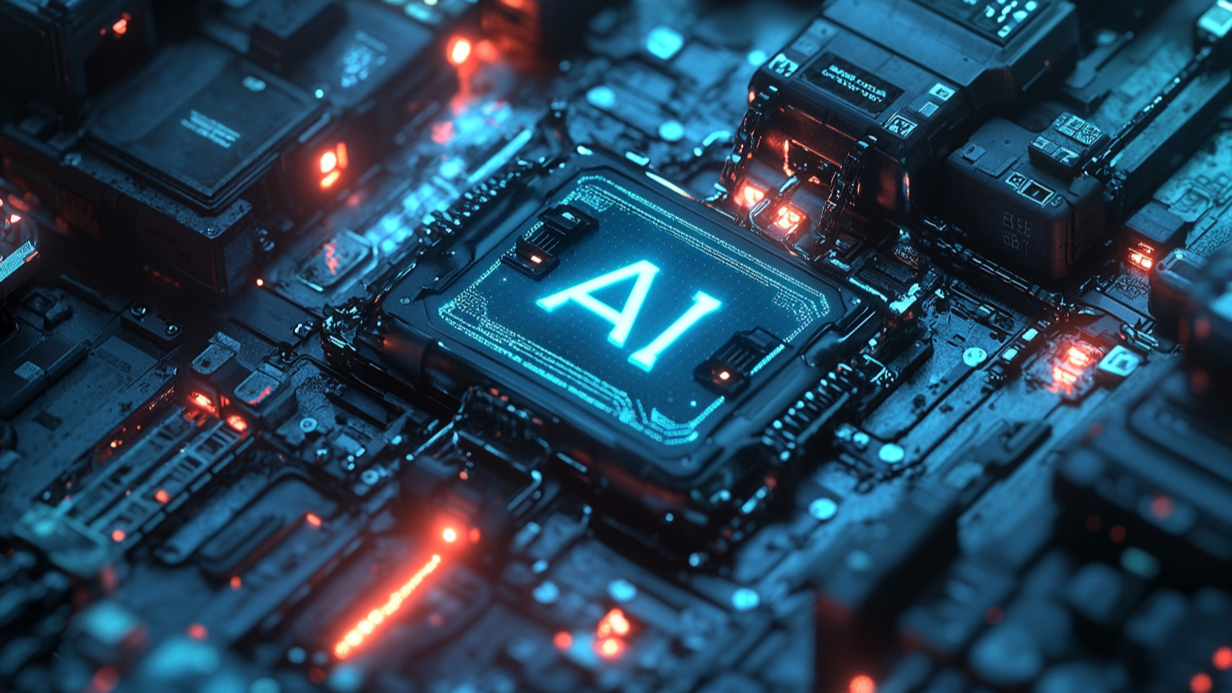Part 4: The Anatomy of AI Agents - Practical Security Implications

In Part 3, we explored the core components of AI agents—the Brain, Perception, and Action modules—and the specific security vulnerabilities each introduces. Now, let's examine how these vulnerabilities create practical security challenges and discuss approaches for mitigating these risks.
Practical Security Implications
Understanding individual component vulnerabilities is important, but the real security challenge emerges when we consider how these vulnerabilities interact in practice.
The interconnected nature of AI agent components creates a security challenge greater than the sum of its parts. Vulnerabilities in one component can cascade through the system, creating complex attack scenarios that traditional security approaches may struggle to address.

